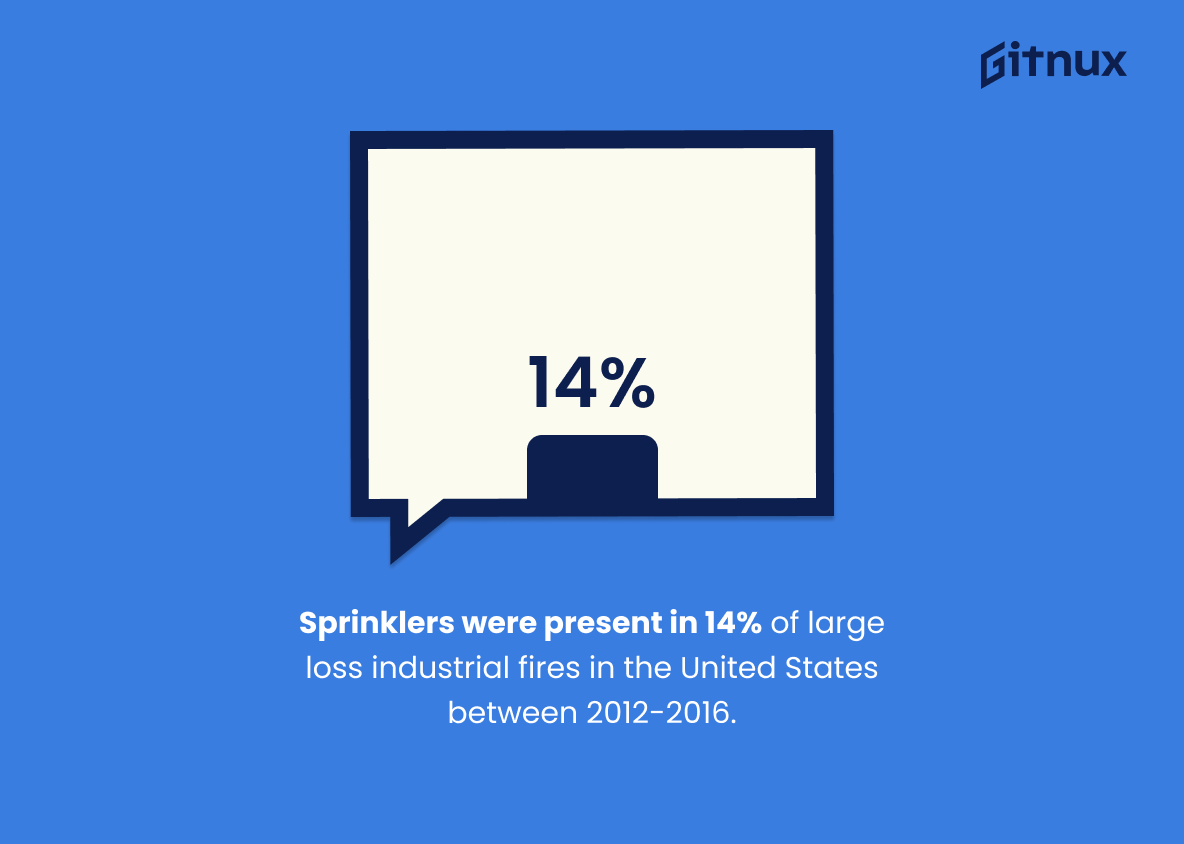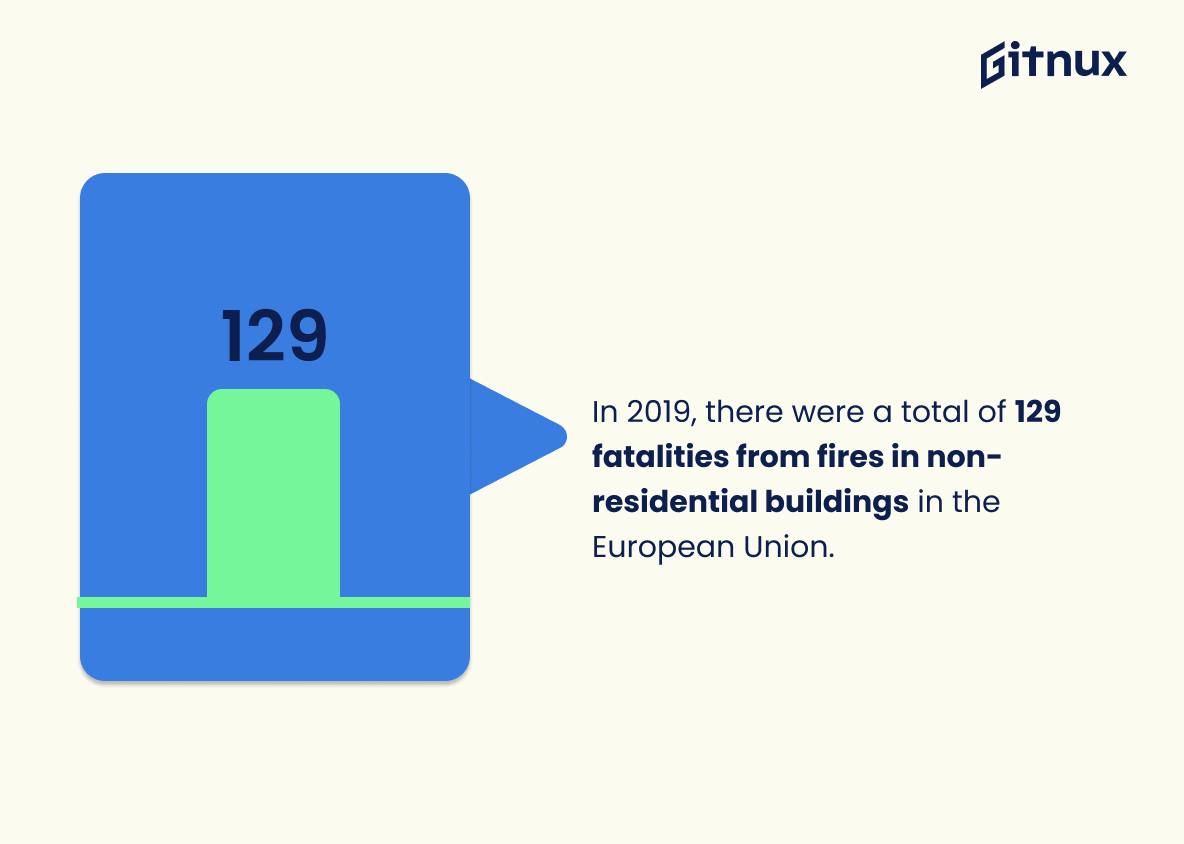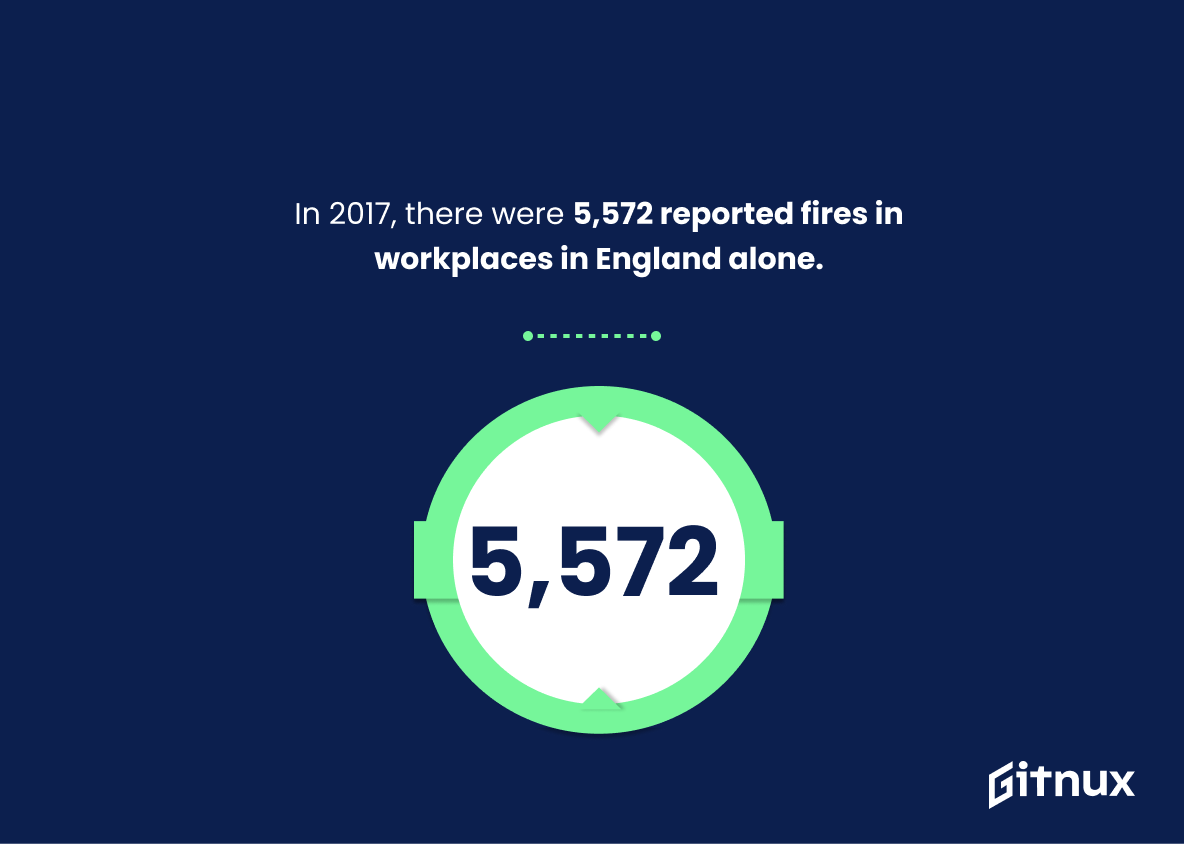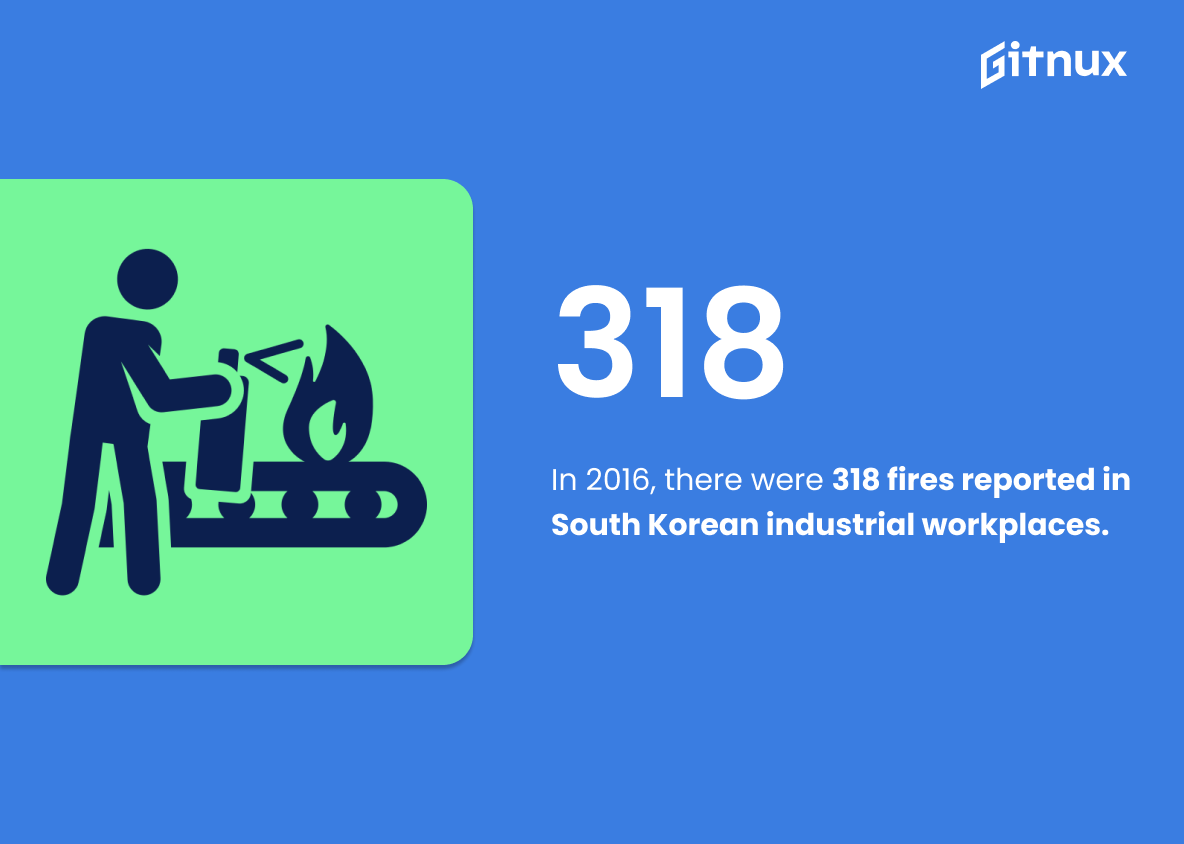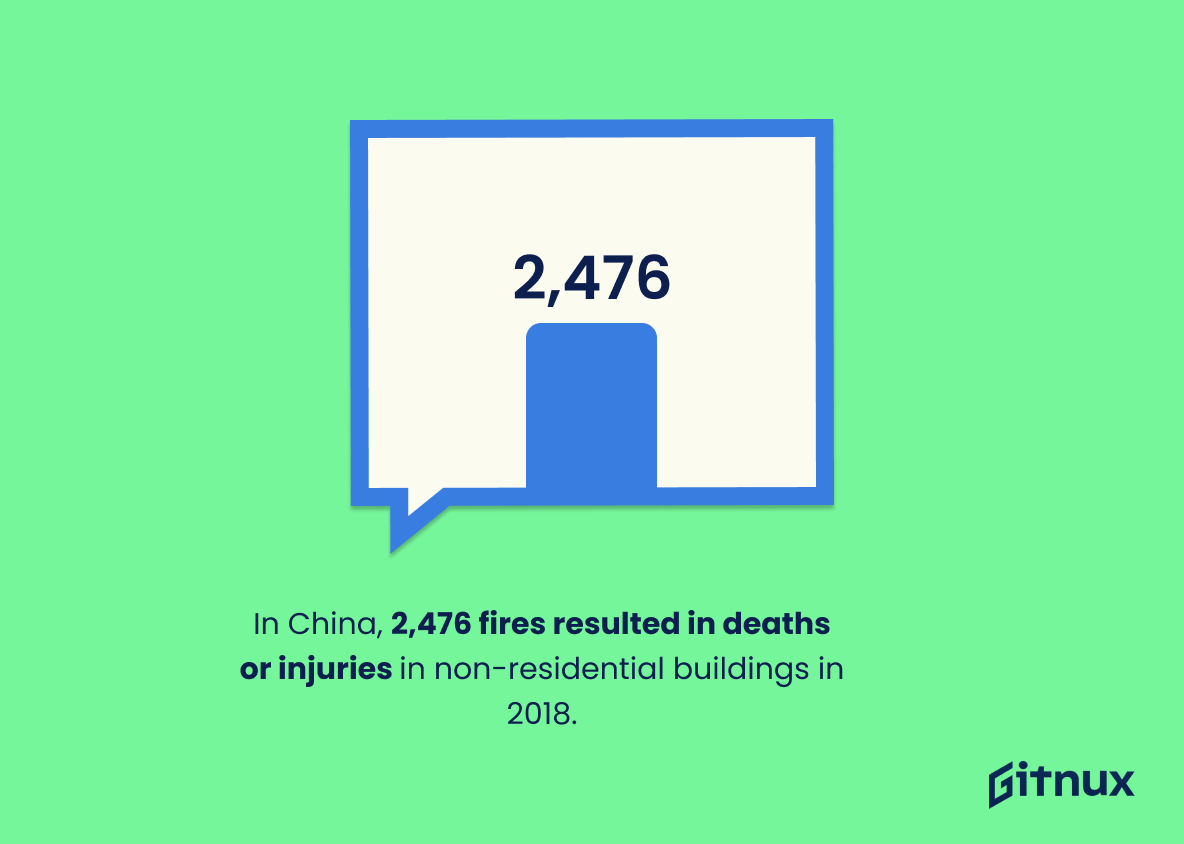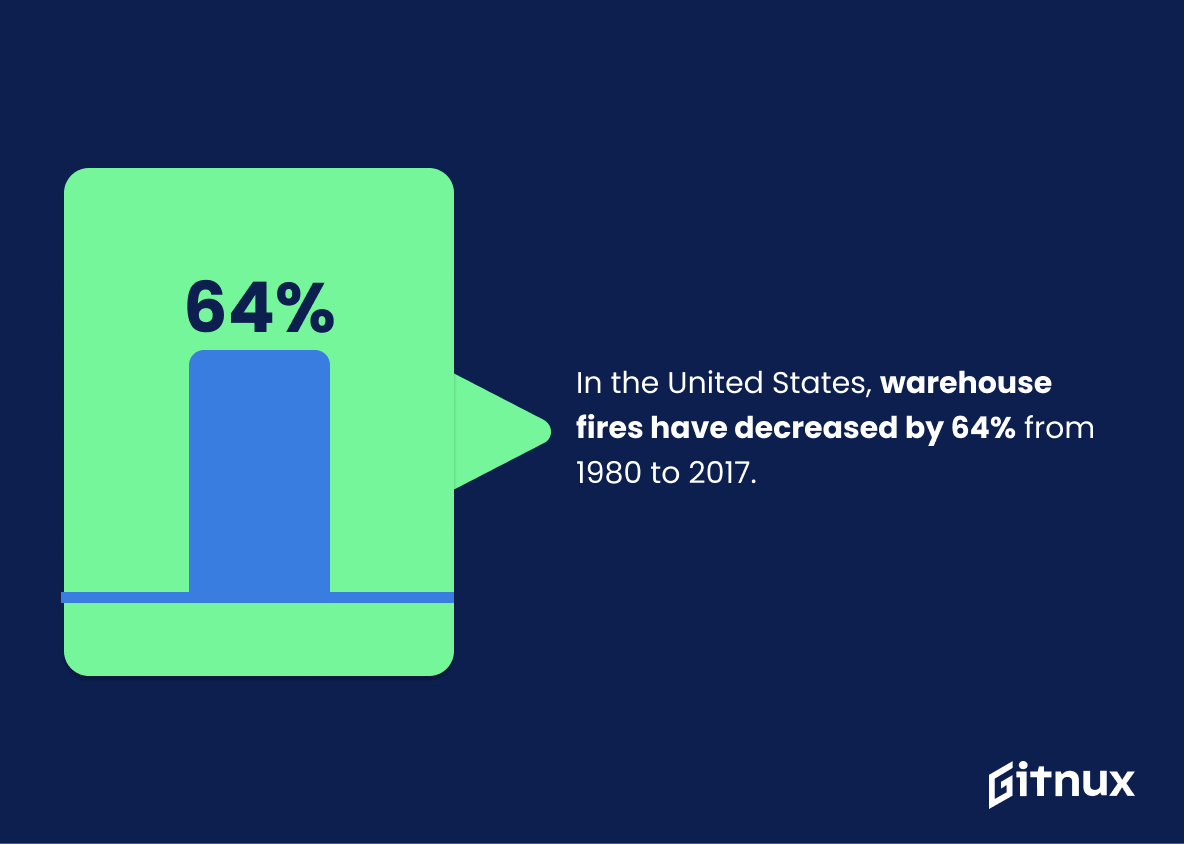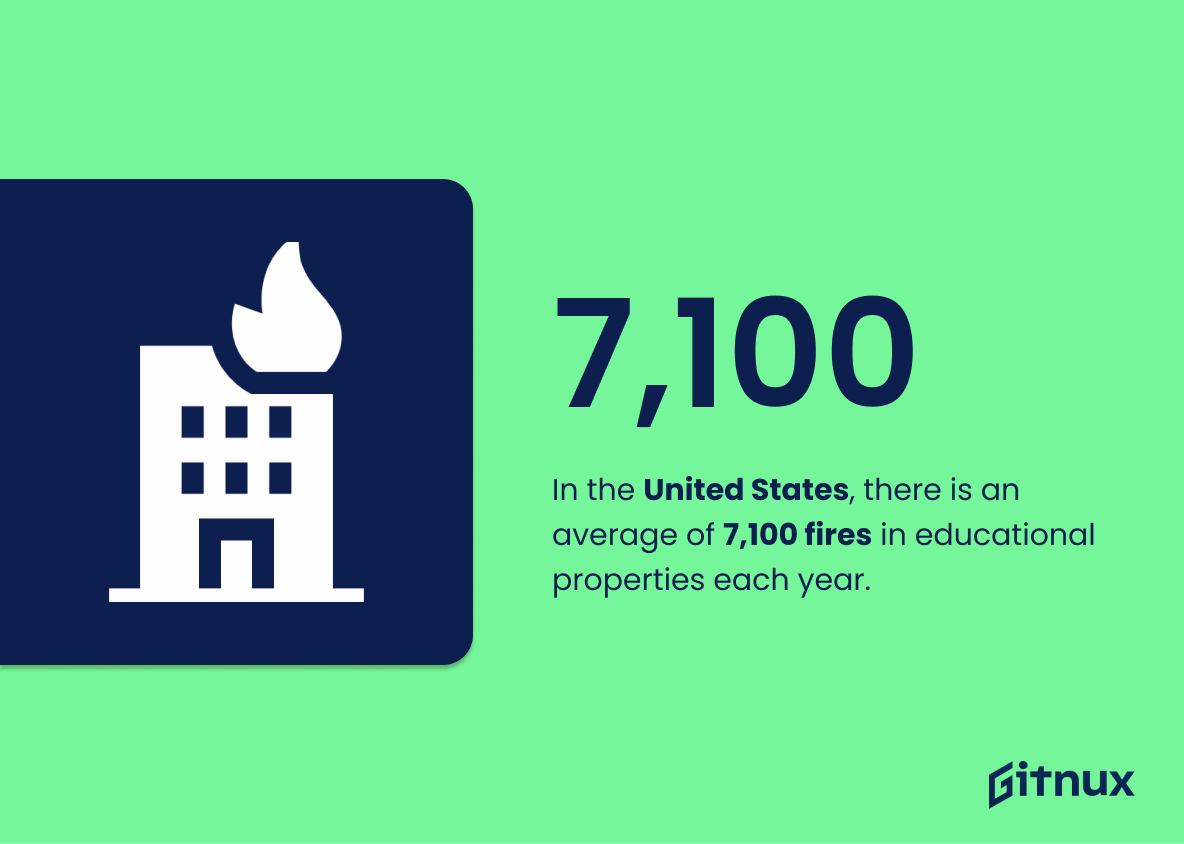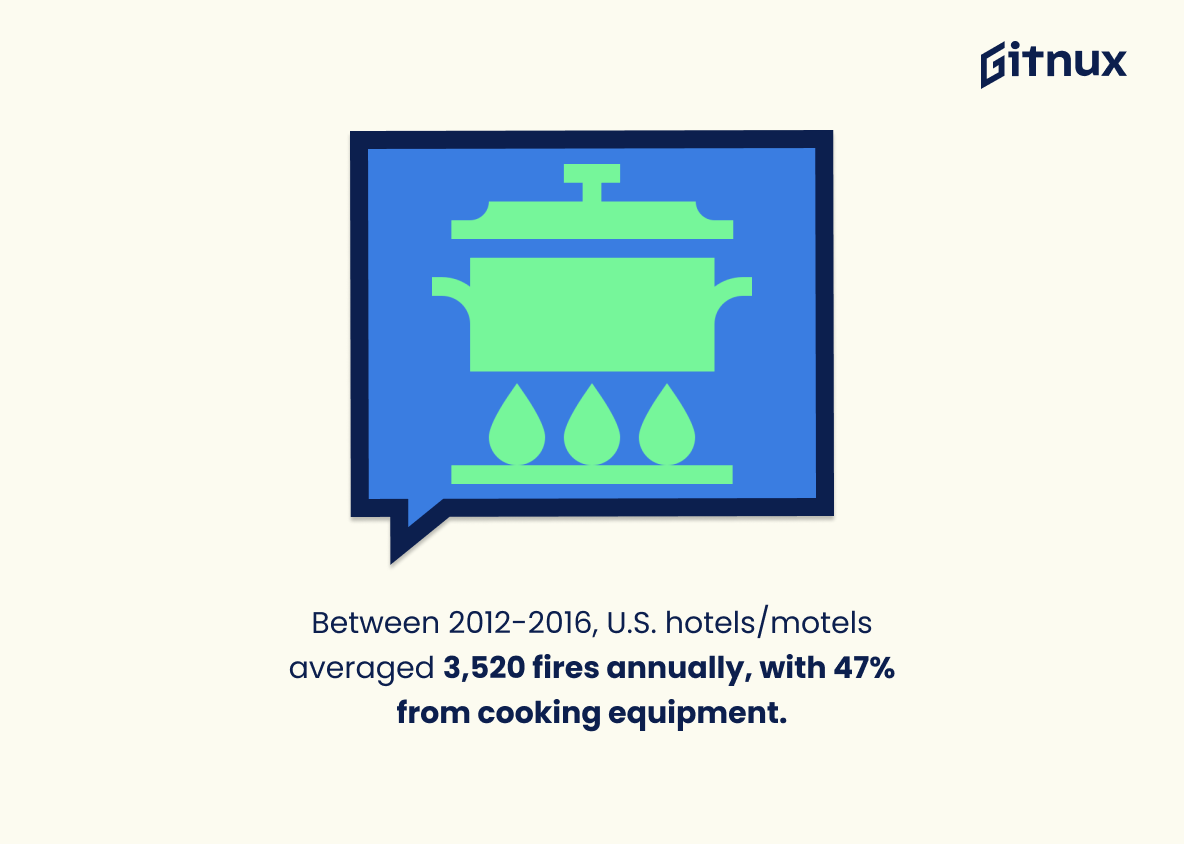Workplace fire safety is an important issue that affects businesses and employees around the world. According to statistics from various sources, there were a total of 2,920 workplace fires in the United States alone in 2019. In addition, U.S. fire departments responded to an average of 160 fires per year in high-rise buildings between 2015-2019; electrical malfunctions accounted for 24% of all workplace fires from 2012-2016; 1,723 industrial premises had reported fires in 2018/2019 within the UK; Australia experienced 268 workplace fires on average each year between 2008 and 2017; fast food restaurants had 3,320 annual reports of fire incidents during 2009–2018 period across America; 32% non-residential building blazes occurred at workplaces throughout Canada over one particular time frame while sprinklers were present only 14% times when large loss industrial conflagrations happened inside US borders during 2012–2016 interval as well as 4592 commercial structures caught ablaze within Germany’s boundaries back in 2018 with 129 fatalities resulting from such events across European Union countries same year plus 30 percent involving cooking equipment being responsible for all American work place infernos whereas 5572 cases registered solely England wide two years prior followed by 318 occurrences recorded South Korea’s industry related sites 2016 then China having 2476 casualties or injuries due to similar disasters occurring its own non residential properties lastly 6 846 French business establishments suffering flames 2016 –2017 timeframe along with 112 arson induced factory blazes New Zealand meanwhile 7100 educational facilities burning down annually stateside 47 % those caused kitchen appliances finally hotels motels 3520 yearly ignitions 48 % them attributed culinary devices USA .
Workplace Fire Safety Statistics Overview
Between 2009-2018, fast food restaurants had an average of 3,320 fires reported annually in the United States.
This statistic is a stark reminder of the importance of workplace fire safety. It highlights the fact that fast food restaurants are particularly vulnerable to fires, with an average of 3,320 reported annually in the United States over the past decade. This serves as a warning to all businesses to ensure that their fire safety protocols are up to date and that their staff are adequately trained in fire safety procedures.
Sprinklers were present in 14% of large loss industrial fires in the United States between 2012-2016.
This statistic is a stark reminder of the importance of workplace fire safety. It highlights the fact that, despite the presence of sprinklers, a significant number of large loss industrial fires still occurred in the United States between 2012-2016. This underscores the need for employers to take proactive steps to ensure their workplaces are adequately protected from the risk of fire.
In Germany in 2018, there were 4,592 reported fires in commercial buildings.
This statistic serves as a stark reminder of the importance of workplace fire safety. It highlights the fact that fires in commercial buildings are still a major issue in Germany, and that employers must take steps to ensure their premises are as safe as possible. By understanding the scale of the problem, employers can better understand the need for fire safety measures and take the necessary steps to protect their staff and property.
In 2019, there were a total of 129 fatalities from fires in non-residential buildings in the European Union.
This statistic serves as a stark reminder of the importance of workplace fire safety. It highlights the tragic consequences of inadequate fire safety measures in non-residential buildings in the European Union, and serves as a call to action for employers to ensure that their premises are adequately protected.
In 2017, there were 5,572 reported fires in workplaces in England alone.
This statistic is a stark reminder of the importance of workplace fire safety. It highlights the prevalence of fires in workplaces in England, and serves as a warning to employers and employees alike to take the necessary precautions to ensure the safety of their workplace. It is a call to action to ensure that all workplaces are equipped with the right fire safety measures and that employees are properly trained in fire safety protocols.
In 2016, there were 318 fires reported in South Korean industrial workplaces.
This statistic is a stark reminder of the importance of workplace fire safety. It highlights the need for employers to take proactive steps to ensure their workplaces are safe and secure, and that employees are aware of the risks associated with fires in industrial settings. It also serves as a warning to other employers to take the necessary precautions to prevent similar incidents from occurring in their own workplaces.
In China, 2,476 fires resulted in deaths or injuries in non-residential buildings in 2018.
This statistic is a stark reminder of the importance of workplace fire safety. It highlights the fact that fires in non-residential buildings can have devastating consequences, and that proper safety measures must be taken to prevent such tragedies from occurring. It serves as a warning to employers and employees alike that fire safety should never be taken lightly.
In France, there were 6,846 fires in commercial and industrial buildings in 2016.
This statistic serves as a stark reminder of the importance of workplace fire safety. It highlights the fact that fires in commercial and industrial buildings are still a major issue in France, and that steps must be taken to ensure that these buildings are adequately protected. By understanding the scale of the problem, we can better equip ourselves to prevent and respond to fires in the workplace.
In the United States, warehouse fires have decreased by 64% from 1980 to 2017.
This statistic is a testament to the progress made in workplace fire safety over the past few decades. It shows that the efforts to reduce the risk of warehouse fires have been successful, and that the safety of workers in these environments has improved significantly. This is an encouraging sign for those who are concerned about workplace safety, and it serves as a reminder that continued vigilance and proactive measures are necessary to ensure that these improvements are maintained.
In 2016-2017, 112 fires in industrial buildings were caused by arson in New Zealand.
This statistic is a stark reminder of the importance of workplace fire safety. It highlights the fact that arson is a real threat to industrial buildings, and that employers must take steps to protect their premises and employees from this type of malicious activity. It also serves as a warning to those who may be tempted to commit arson, that the consequences of their actions can be severe.
In the United States, there is an average of 7,100 fires in educational properties each year.
This statistic is a stark reminder of the importance of workplace fire safety. It highlights the need for employers to take the necessary steps to ensure their educational properties are adequately protected from the risk of fire. It also serves as a warning to employees to be aware of the potential dangers of fire and to take the necessary precautions to ensure their safety.
The annual average number of fires in U.S. hotels or motels was 3,520 fires between 2012 to 2016, with 47% of the fires caused by cooking equipment.
This statistic serves as a stark reminder of the importance of workplace fire safety. It highlights the fact that cooking equipment is a major source of fires in hotels and motels, and that these fires can have serious consequences. It is a call to action for employers to ensure that their staff are properly trained in fire safety and that their premises are equipped with the necessary fire safety measures.
Conclusion
Workplace fire safety is an important issue that should not be taken lightly. The statistics presented in this blog post demonstrate the prevalence of workplace fires across different countries and industries, as well as the causes behind them. Electrical malfunctions are a major cause of workplace fires, accounting for 24% of all such incidents from 2012-2016 in the United States alone. Additionally, cooking equipment was responsible for 47% of hotel or motel fires between 2012 to 2016 in America and 32% of non-residential building fires occurred at workplaces in Canada during 2017.
It is clear that there needs to be greater emphasis on fire prevention measures within businesses around the world so that these numbers can continue to decrease over time. Fire sprinklers have been proven effective when present; however they were only installed 14% percent of large loss industrial buildings between 2012-2016 according to NFPA data research tools report . Businesses must take proactive steps towards ensuring their premises meet necessary standards by conducting regular inspections and maintenance checks on electrical systems, installing appropriate smoke detectors/alarms where needed and providing adequate training for staff members regarding emergency procedures if a fire does occur.
References
0. – https://www.en.yna.co.kr
1. – https://www.usfa.fema.gov
2. – https://www.nfpa.org
3. – https://www.gdv.de
4. – https://www.hse.gov.uk
5. – https://www.moe.gov.cn
6. – https://www.fireandemergency.nz
7. – https://www.ifv.nl
8. – https://www.ec.europa.eu

